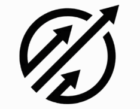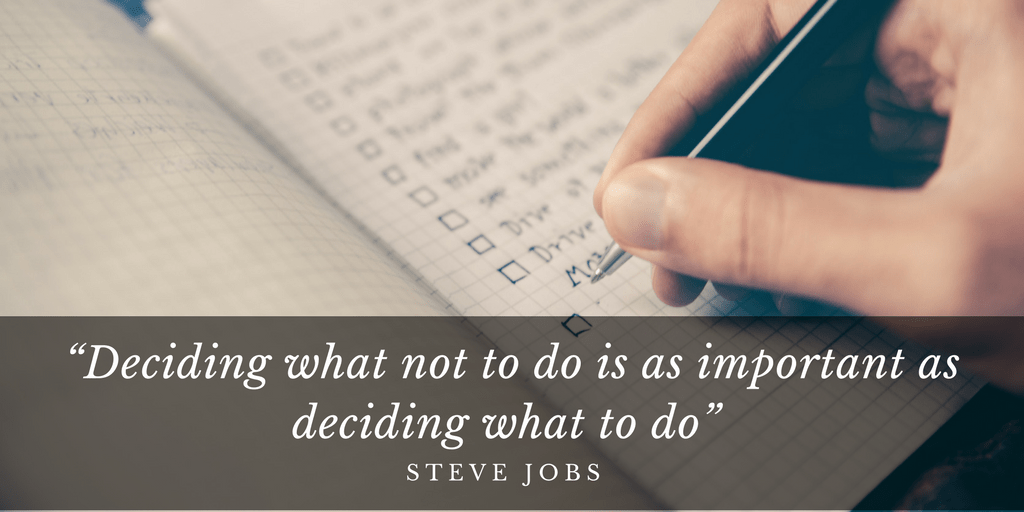From the second my alarm clock goes off, I start making decisions about how I will spend my time. Do I pop up and get a start on the day or hit the snooze button. Next choice, surf the web or do some writing. Then, check email or read a book. These are the types of choices I feel complete control over.
There is another type. The demands that others put on me. They come from everywhere, a boss, coworkers or friends. While it may not feel like it, these are choices too.
A request could take a minute or a week. If I decide to say yes to something it has to be because it aligns to something that is important to me. Time is precious and I don’t want others to decide how I spend it.
This may sound like I’m being selfish. What I’m doing is being protective. It starts with knowing where I want to go. With that future in mind, I can make better decisions in the present.
For example, I may trade off taking a higher paying job so I can avoid too much business travel. That allows me to spend more time with family, my number one priority. If a friend calls and ask for help on a project, I would gather up my tools in a heartbeat. I’d do it because my relationships are important.
Regardless of the situation, when the request comes from someone else, it’s a choice. It may not feel like it because we hate saying no. Even though this can be uncomfortable, it’s important to make a decision, not just agree.
Some tools to help
In our go, go world, life can feel overwhelming. There are too many demands on my time and too many things to get done.
I used to take a brute force approach to solving this problem. I would look at my list and get to work, performing every task as fast as possible. Of course, this approach doesn’t always produce the best results. Eventually, lists get so long that this approach fails.
Once I reached this point I knew something had to change. I had to stop thinking about getting more done and focus on getting the right things done.
One of the best tools I’ve found to filter my list is the Eisenhower Decision Matrix. The concept is elegantly simple. For every task I’m faced with, I need to make two decisions. First, is it important? Second, is it urgent?
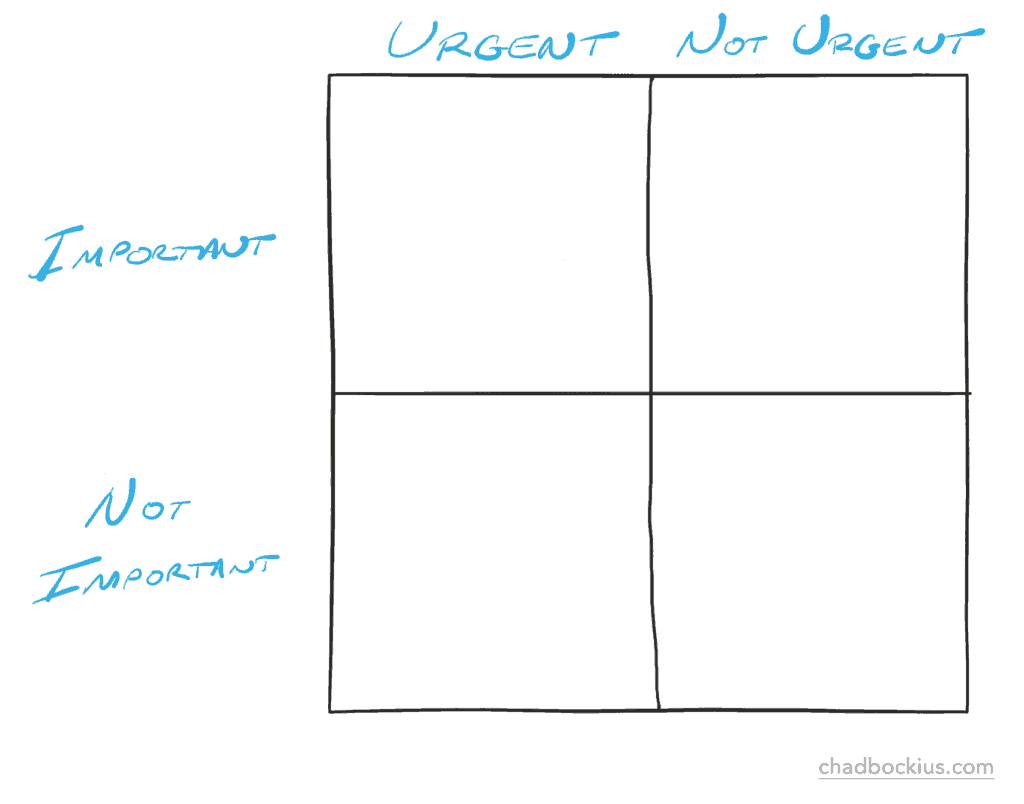
Eisenhower figured out that what’s important, is seldom urgent and what’s urgent, is seldom important.
To make things a little easier to remember I’ve given each box a label:
-
Need to Do: These are the items that are urgent and important, like work deadlines.
-
Gotta Do: These are items that are urgent and not important, like text messages.
-
Should Do: These are items that are not urgent and important, like spending time with family.
-
Like to Do: These are items that are not urgent and not important, like watching a show.
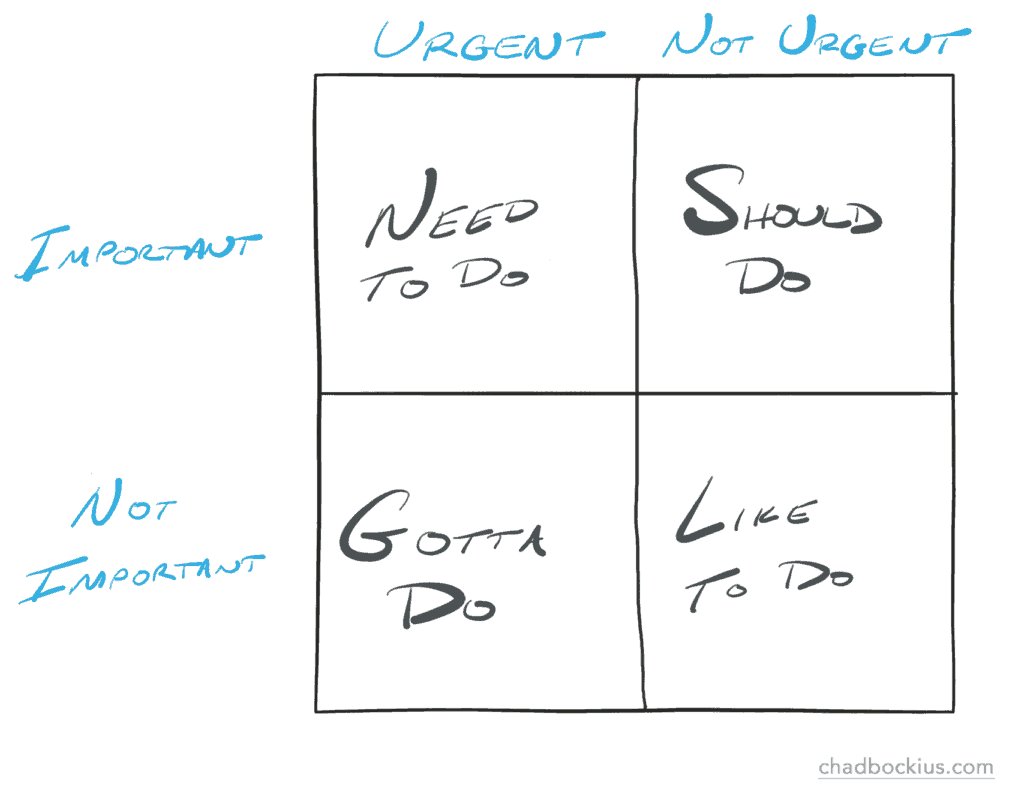
Here are a few examples of where my tasks fit. When I’m disciplined and think this way, I can see it’s not about what I complete, but rather what matters to complete.
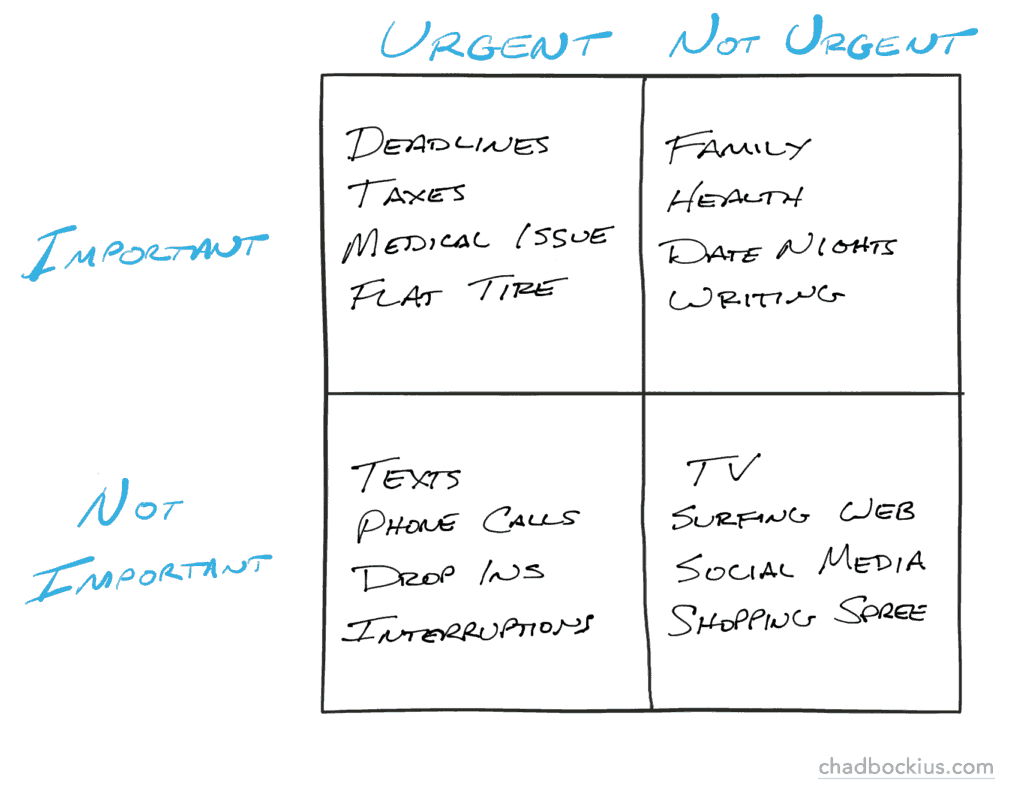
Recently, I’ve been able to divide my time much better across these boxes. It isn’t about making the time spent equal, it’s about making sure I fill the right boxes first. Here is a before and after view of how I spent my time six months ago vs. how I spend it today.
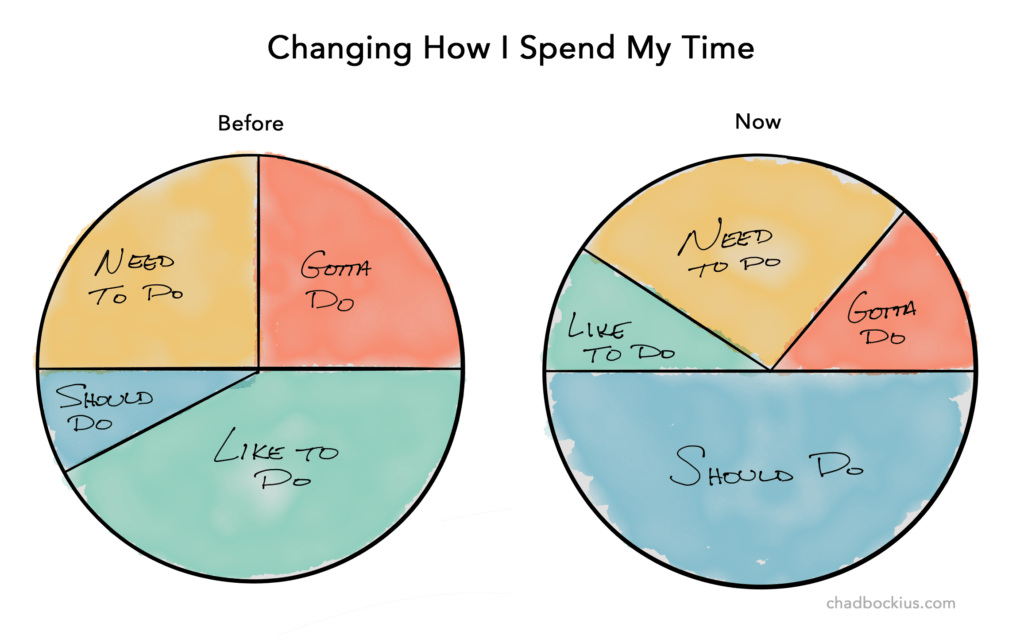
Like To Do
To make this transformation I started with the ‘Like to Do’ quadrant. Every item in this quadrant is fun to do. Watch TV, surf the web, browse social networks, over shop, the list goes on and on.
Here’s the thing, these are all time wasters. If I spend too much time in this quadrant I sacrifice time in the other areas that are far more important.
So I stopped. I stopped watching Netflix. I stopped watching the news. I stopped spending time on things that weren’t important and weren’t urgent. I’m not perfect, nor do I strive to be. But, I have been able to reduce my time spent here by about 90%.
Gotta Do
DING! What’s that? A text message! RING! What’s that? A phone call! BUZZ! What’s that? Someone shared something on Facebook!
These things are screaming for immediate attention. They want me to drop whatever I’m doing and pay attention to them instead of my task at hand.
Here’s the thing, 99.9% of these interruptions are not important. Unfortunately, they stop us in our tracks and steal our time and attention.
Interruptions don’t just rob us of the few minutes we spend on the task, it’s far worse than that. On any given day I’ll be working away on some project. My focus and thoughts are all trained on my work. Then I get a text message. I look up, grab my phone, type in a response and get back to work. When I do this I have to pay a penalty. It’s called switching cost.
Research shows that shifting between tasks can cost as much as 40 percent of our productive time. Let’s say I have 10 hours of productive time each day. If I give in to the ‘gotta do’ interruptions I am throwing away up to four hours each day. That’s 28 hours each week! Imagine how much I do by saying no to these umimportant disruptions.
Should Do
I can’t remember how many times I said to myself, “I should really exercise more.” Or “I should really eat better.”
Humans love to focus on the present. As a result, the things we know are important, but not urgent, end up taking a back seat.
My biggest change in this quadrant came this year. Turning 40 forced me to think about items I was putting off. Things like getting an annual checkup, forming a living trust and eating better. None of these are urgent, but they are all important.
One way I convinced myself to spend time in this quadrant was to get clear about my life’s vision, values and goals. I realized the most important things to me won’t be visible for years, but they need effort today.
A simple example is my health. I can’t wait to start being healthy, I need to work on it every day. The payoff will be a longer life. If I put this off 5 or 10 years, it may be too late. By developing a clear picture of my life 20-30 years from now, it’s easier to make the right choices today.
Need to Do
This is the easy quadrant. Outside of prioritization, there are no choices to make. These tasks have to get done and they have to get done soon.
If I get a flat tire, I have no choice, I have to get it fixed. If I break an arm, I’m not going to put it off for a few weeks, I’m going to head straight to the hospital. When a pipe broke in the house, everything else had to stop so the house didn’t flood.
While most decisions are easy in this quadrant, the list can get long. When this happens I fall back on prioritization. This is where it can get difficult. There will always be items that have to take a back seat. I think of this as letting the fires burn. Yes, the issue is important and it’s urgent, but when the list gets too long it’s important to prioritize.
Doctors on a battlefield are often faced with this reality. They might have 10 patients who all have urgent issues. When this happens, they triage the situation. Triaging is the process of deciding which patients get treated first based on how sick or injured they are. It’s about deciding what is the MOST important.
Summary
Everyday is a challenge when it comes to choosing how to spend my time. If I give into the things I want to do, I will sacrifice the things I need to do. I’ve found that tools like the Eisenhower Decision Matrix are a great help.
I’ve also discovered that creating habits help a great deal. By training myself to do the same positive activities, in the same way, I can remove the challenge of choice. As my habits grow stronger and stronger, the act of doing what I know is important becomes easier and easier.
Every choice, no matter how small, affects my day, but more importantly my life. When I make the right decisions about my time, I am happier, more fulfilled and enjoy more success.
This post is part of a series of letters to my kids. My goal is to reflect on and capture as many life lessons as possible. Here is the current list I am working from.
